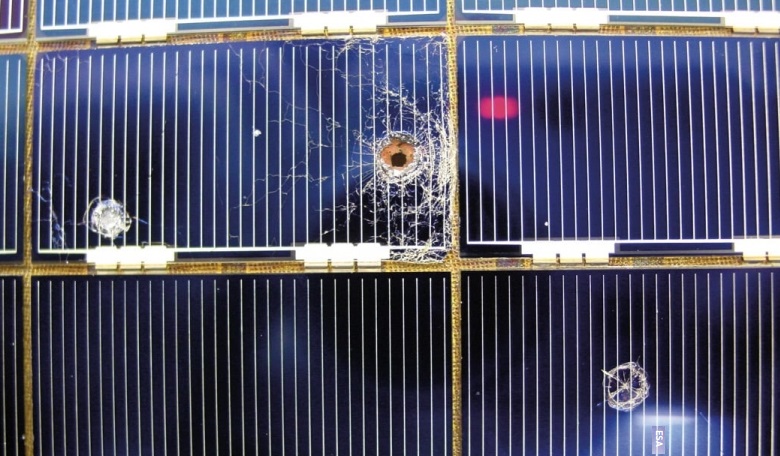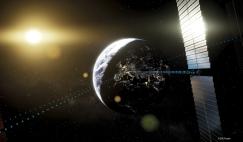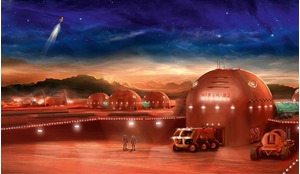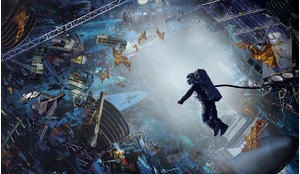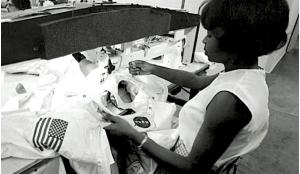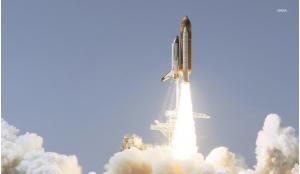The global Coronavirus pandemic has seen a huge upswing in participation in webinars, group discussions and online forums across all sectors of society. One such regularly held event is the ‘SpaceBar’, an online forum set in the context of a casual bar for space professionals. Charles Simpson relates a recent discussion on ‘space junk’ from his virtual bar stool and considers our space heritage.
Space junk, or more properly, orbital debris, is the collection of artificial items left in orbit as a result of human involvement that no longer serve a ‘useful’ purpose. The European Space Agency (ESA) stated in February 2020 that, according to statistical modelling, there were an estimated 34,000 debris objects greater than 10 cm in size, 900,000 objects between 1 cm and 10 cm and 128,000,000 objects between 1 mm and 1 cm. Of all this material in orbit, only about 2,300 objects are functional satellites; the rest is what we loosely call ‘space junk’.
SpaceBar
The subject of space junk was the theme of a recent discussion on SpaceBar that examined the topic from multiple standpoints — scientific, cultural and economic. SpaceBar [see next page] was developed by space-focused marketing company, AstroAgency, and it draws a large and diverse crowd from all aspects of the space industry - CubeSat developers, university researchers, space law and finance professionals, quantum software designers, solutions architects, robotics experts and suborbital launch providers to name a few.





